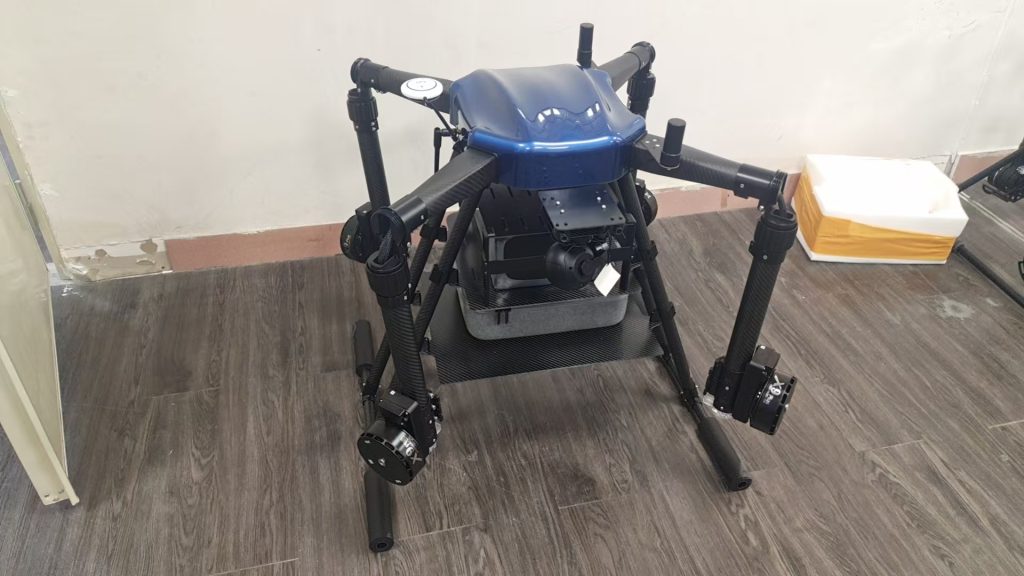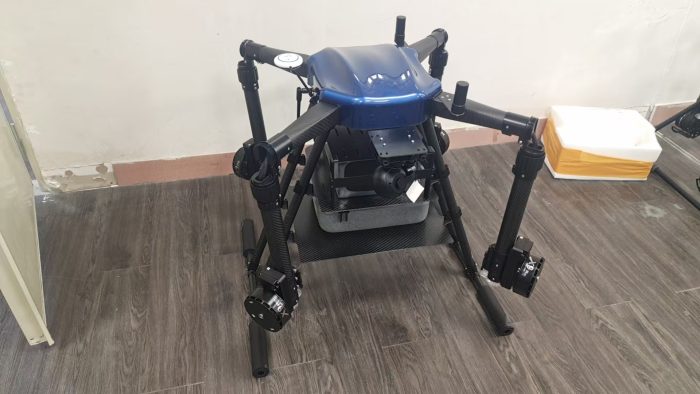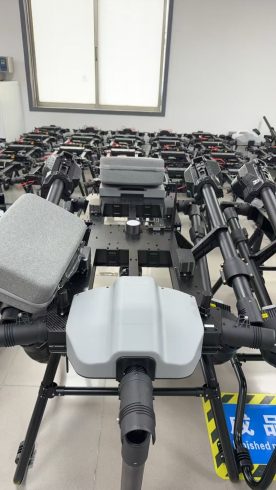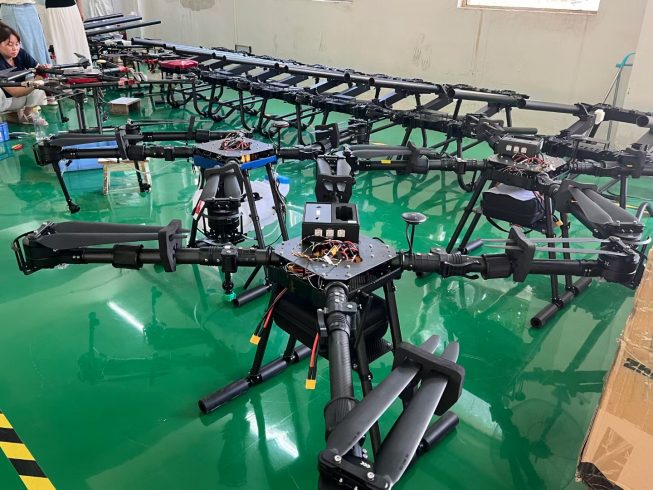In the heart of rural America, a corn farmer leans against his tractor, scrolling through drone data on a rugged tablet. In Kenya’s Rift Valley, a coffee grower points to a field map on her phone, explaining how a drone’s thermal sensors saved her crop from drought. These aren’t isolated stories—they’re threads in a tapestry woven by our factory: a place where engineers and farmers sit side by side, turning shared challenges into shared success. Here’s how we’re redefining innovation as a collaborative journey, not a top-down process.
The Old Way: Tech That Forgot the Farmer
For decades, agricultural technology followed a familiar script: labs designed tools, farmers adapted—or got left behind. Drones, for all their potential, often felt like outsiders: too expensive, too complex, or too disconnected from daily farm life. A smallholder in India struggled with a drone requiring satellite internet to sync data. A vineyard owner in France dismissed a high-end model because its reports required a data scientist to interpret.
We realized: the future of farm tech isn’t built for farmers—it’s built with them.
Co-Creation: Where Factory Floors Meet Farm Rows
Our factory operates on a simple belief: the best ideas grow in conversation. Every quarter, we host “Farm Hackathons”—gatherings where growers, engineers, and agronomists camp out in fields, sketching solutions on napkins, testing prototypes in real time, and arguing over what “works” means.
1. Farmers as Lead Designers
Take Maria, a third-generation soybean farmer from Ohio. For years, she’d manually scout for sudden death syndrome (SDS), a fungus that decimates crops. At our first Hackathon, she sketched a drone payload that could detect SDS early using hyperspectral imaging. Our engineers turned her idea into a $2,500 add-on module—now standard on our mid-range drones. “I didn’t just give feedback,” Maria says. “I co-owned the solution.”
2. Localizing for Context, Not Convenience
In Nigeria, rice farmers told us our drones overheated during monsoons. Instead of re-engineering the entire cooling system, we partnered with local metalworkers to design a bamboo-lined casing that reflects sunlight and vents humidity. In Vietnam, where rice paddies are divided by narrow dikes, we shrunk the drone’s landing gear to fit tight spaces—no more crashes into irrigation walls.
3. Knowledge Sharing, Not Just Sales
We don’t just sell drones—we host “Field Schools” where farmers teach each other. In Ghana, a women’s cooperative now runs monthly workshops: “How to Read Drone Maps for Cassava Blight” or “Fixing Propellers with Locally Sourced Parts.” Graduates become “Drone Ambassadors,” spreading skills to neighboring villages.
Impact: When Collaboration Becomes Community Resilience
Our co-creation model doesn’t just improve drones—it strengthens communities:
-
In Argentina, Ranchers Save Cattle: A group of cowboys used our drones (modified with night-vision cameras) to locate lost calves during dust storms. Calving season losses dropped by 60%, and they now share patrol routes via a shared drone data platform.
-
In Bangladesh, Women Lead the Way: A collective of 40 female farmers, once excluded from tech decisions, now designs drone missions to monitor shrimp ponds. Their data has boosted yields by 35%, and they’ve invested profits in girls’ education.
-
Globally, Smallholders Gain Power: By pooling resources to buy drones and share data, 500+ smallholder groups now negotiate better prices with buyers—proving that collective innovation lifts entire supply chains.
Lessons Learned: Innovation Is a Verb, Not a Noun
Our journey has taught us that true progress isn’t about launching the “next big thing.” It’s about:
-
Listening Deeply: A farmer’s complaint about “too many buttons” led to our voice-controlled app.
-
Staying Flexible: When Australian farmers needed to monitor soil salinity, we reprogrammed our sensors in 8 weeks.
-
Measuring What Matters: Success isn’t just drone sales—it’s Maria’s soybean yields up 20%, or Ghana’s women earning 40% more.
The Future: Growing a Network of Innovators
This year, we’re taking co-creation further:
-
Global Farmer Labs: Opening small R&D hubs in Kenya, India, and Brazil, where local growers lead drone adaptation projects.
-
Open-Source Blueprints: Sharing our modular designs with rural manufacturers, so communities can build and repair drones themselves.
-
Youth Innovation Grants: Funding teen-led projects, like a drone that plants cover crops or tracks pollinator activity—ensuring the next generation shapes AgTech.
Farming has always been a communal act: neighbors helping with harvests, elders teaching seed-saving, generations passing down wisdom. Our factory is just another thread in that tapestry. By building drones with farmers, not for them, we’re not just advancing technology—we’re strengthening the bonds that make agriculture resilient, equitable, and hopeful.
Because the best future for farming isn’t grown in isolation. It’s grown together—field by field, idea by idea, one collaboration at a time.
THE END










暂无评论内容